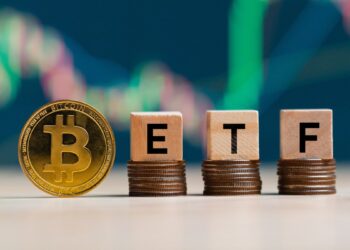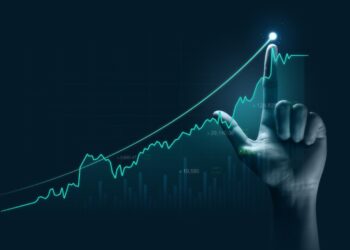During a recent webinar on investing, BetaShares’ chief economist, David Bassanese, and director of capital markets and adviser business, Adam O’Connor, explained strategies that investors could use pending how they think the crisis will play out.
“Clearly, in terms of the economic outlook, you need to have an understanding of the virus.”
“I’m hoping for a V with the virus not being as bad as feared or there will be good testing in place once we get on top of the rate of infection,” Mr Bassanese said.
“I would say a U is more likely, maybe the lockdown will last a couple of months. As a result, markets have not seen bottom and probably need to weaken over the next couple of months because of disappointment of how long this will last,” Mr Bassanese said.
V-shaped recovery
In a V-shape recovery, the market recovers strongly from here as the worst case has been priced in. In this scenario, restrictions will be lifted quickly and the virus will not hit in a second wave due to testing.
If investors believe this is a likely outcome, they could be looking to take advantage of attractive entry points for long-term asset allocation.
According to Mr O’Connor, people who are thinking markets will have a V-shaped recovery and investors who buy the dip can get ahead.
“First and foremost across the market, the majority of flows towards dip buying are going to broad Australian equity exposures,” Mr O’Connor said.
Mr O’Connor believes if the recovery is V-shaped, the Nasdaq 100 could be the strongest performer as investors have shown “they are willing to pay a premium for fewer companies that are able to generate structural growth regardless of where we are in the economic cycle”.
A Nasdaq 100 would allow investors to gain exposure to the US – there’s a strong case for exposure to technology companies including Microsoft, Alphabet, Apple, Facebook and Amazon.
Potential opportunities for experienced investors looking to utilise leverage without margin loans are funds that provide geared exposure to the Australian or US market without having to risk more than your initial investment.
U-shaped recovery
In a U-shaped recovery, while the worst may be nearly over, some market sectors are set for a slow road to recovery as markets take time to recover.
In a U-shaped recovery, it is slower to get on top of the virus with lockdowns being in place for a couple of months.
Investment options for this type of environment may include an allocation to high-quality companies with stable earnings, low debt and high return on equity, and ASX-traded hybrid securities.
“What we see from these scenarios, historically these companies have outperformed during market downturns.”
“During the GFC, high-quality companies held up well on a relative basis. They also recovered faster and earlier. So, if you believe the worst of the falls are behind us, then getting exposure to high-quality companies makes a lot of sense,” Mr O’Connor explained.
L-shaped recovery
In an L-shaped scenario, the worst is yet to come from both a health and markets perspective with a second wave of the virus forcing a second lockdown. While nobody wants this scenario, investors need to be prepared for this scenario, BetaShares highlighted.
Bear funds can be used to hedge portfolios or to profit from further falls in the market. It allows investors to manage risk without having to sell down equities.
Bear funds offer the potential to protect against, or profit from, further falls in the market.
Other options for those who have a negative market outlook may include traditional safe haven assets such as gold, cash and longer-duration government bonds.
Managed risk equities may be another alternative, as they seek to reduce the volatility of equity market returns and defend against losses in declining markets.
“We might expect equities to continue to weaken, but government bonds in this world would once again be considered one of the best portfolio diversifiers,” Mr O’Connor concluded.


